When thinking of the history of American wine, one place immediately comes to mind: California. While it’s true that the state is the No. 1 wine region in the U.S., accounting for nearly 90 percent of the country’s wine production, drinkers would be remiss to ignore Washington State (the second-largest producer of American wine), as well as regions like the Finger Lakes and Long Island in New York, both of which produce high-quality Rieslings and Cabernets. And more recently, 2021 data from the Alcohol and Tobacco Tax and Trade Bureau (TTB) suggested an uptick in progress from upcoming and underdog wine regions like Texas, Pennsylvania, and Virginia.
With that in mind, we asked eight wine professionals to weigh in on the most underrated American wine regions. Here are their selections.
The Most Underrated American Wine Region According to Sommeliers
- Mendocino County, Calif.
- Finger Lakes, N.Y.
- Monticello, Va.
- Fredericksburg, Texas
- Columbia Valley, Wash.
- Monterey County, Calif.
- Santa Barbara County, Calif.
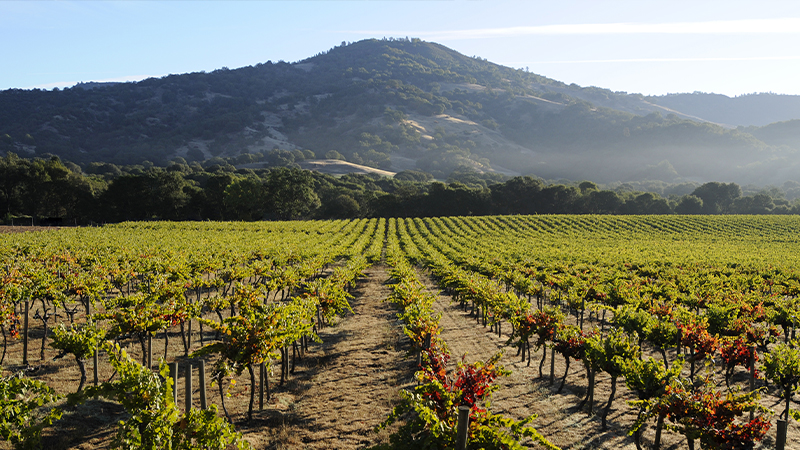
Don’t miss a drop!
Get the latest in beer, wine, and cocktail culture sent straight to your inbox.
“I am increasingly impressed with the wines of Mendocino County on California’s North Coast, which has a wide variety of wine styles due to its two distinct climate zones. Here, Pinot Noir, Chardonnay, and aromatic white varieties do well in the cool-climate areas closer to the coast. While inland and protected from the cool Pacific Ocean by Mendocino Range, more robust red varieties like Cabernet Sauvignon and Syrah make wines of depth and intensity. There is also high integrity in the winemaking of this region with a focus on ecologically sound practices, so there’s something for every wine drinker.”—Irene Miller, beverage director, Vestry, NYC
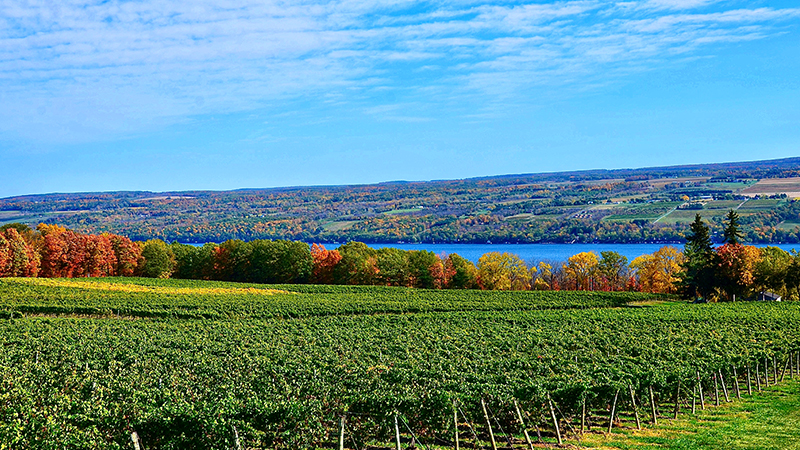
“I’d have to go with the Finger Lakes located in upstate New York. Like many, I too have stopped at Pompous Ass and unscrewed a bottle of Hazlitt’s Red Cat. But I think the future of the Finger Lakes lies with agreeable Cab Franc, Pinot Noir, and Syrah. I’ve also had a ’90s Cabernet Sauvignon from Dr. Konstantin Frank from this region that blew my mind. The short growing season in the Finger Lakes makes for phenologically ripe but spicy and earthy reds with tremendous capacity to age. While the dry Rieslings and Chardonnays from Nathan Kendall and Ben Riccardi among others show the potential of this up-and-coming region. The pét-nat game in the Finger Lakes is very strong as well.”— Daniel Pendleton, sommelier, Lazy Bear, San Francisco
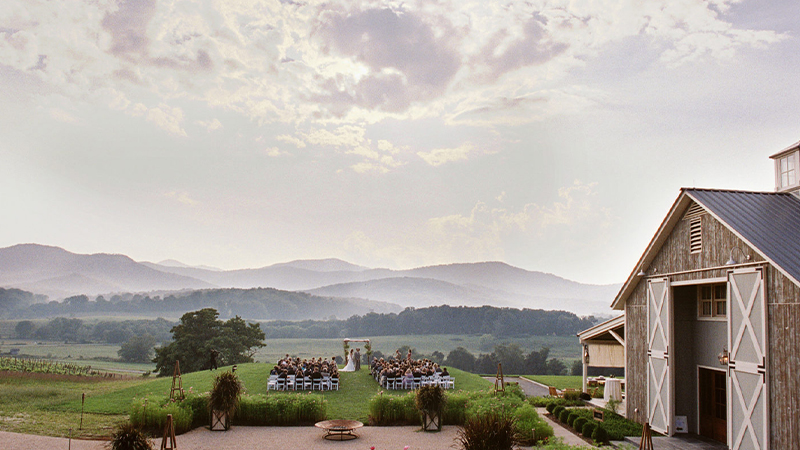
“Located in the heart of the Blue Ridge Mountains of Virginia, the Monticello Wine Region has a unique terroir with incredible access to fertile soils for the vineyards. The area also has a long heritage of producing uncommon varietals not often found extensively in other winemaking regions of the U.S. such as Petit Verdot and Viognier. Pippin Hill Farm and Vineyards in Albemarle County is another winery producing premium Virginia wines like Cabernet Franc, and a few up-and-coming grape varieties in the region like Petit Manseng and Tannat.”— Carolyn Pifer, wine educator, The American Wine Girl
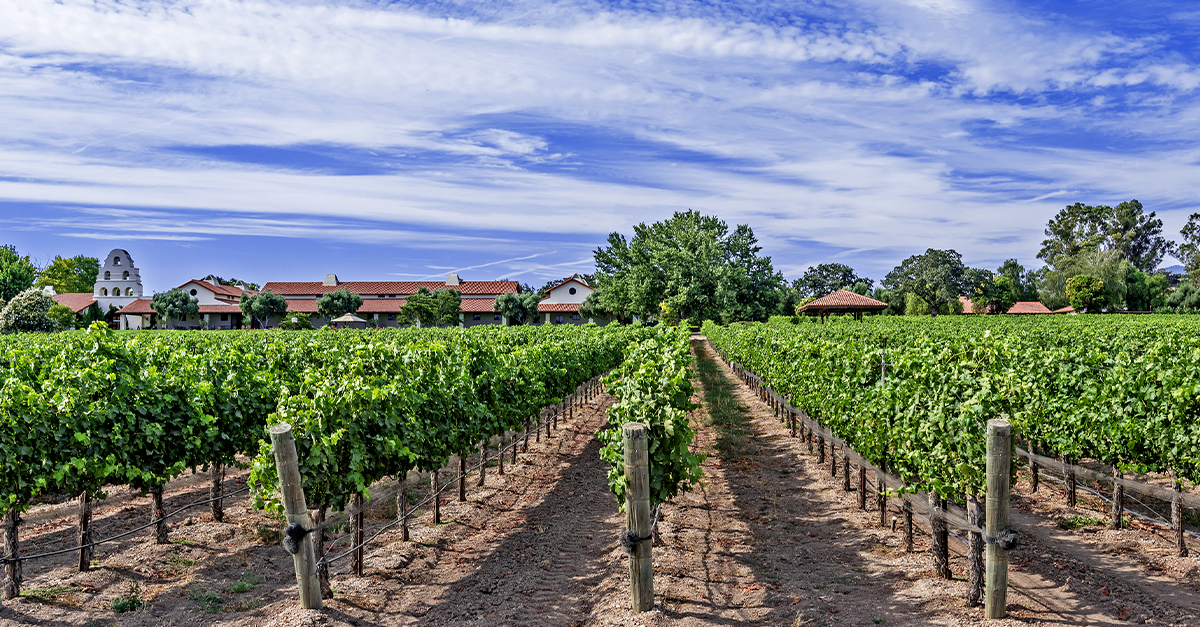
“Having been fortunate enough to travel to all of the major (and many minor) wine regions in the U.S., I would say that the High Plains of Texas would be top of my list of underappreciated wine regions. Texas has a long history of producing wine, but there are some really incredible, world-class producers that are crafting wines that deserve attention. William Chris Vineyards in Hye makes one of my favorite Mourvèdres in the world (move over Bandol!). Also, Lost Draw Cellars in Fredericksburg produces a single-vineyard Cinsault that is just… whoa! Fly to Austin, drive an hour or so, and go drink these wines!”— Jon McDaniel, sommelier, owner and CEO, Second City Soil, Chicago
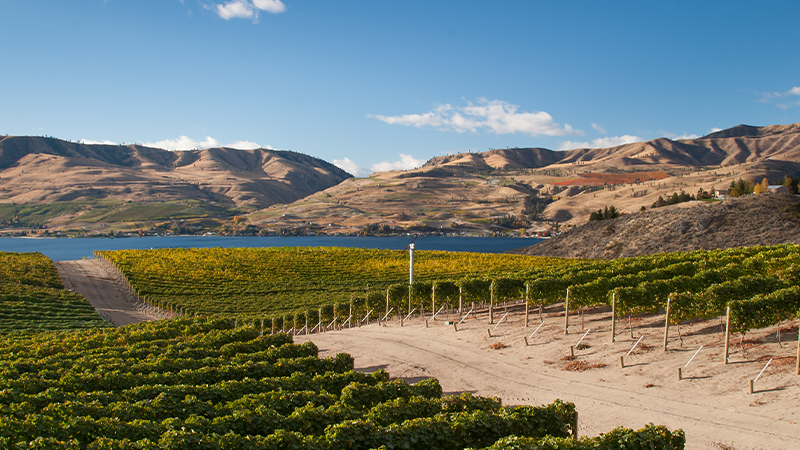
“Like many winemakers in Washington, I understand that the conditions in which we grow grapes in the Columbia Valley are not only unique but combine to create the perfect climate for wine. These conditions give us the incredible ability to grow nuanced and rich Cabernets next to bright, aromatic Rieslings. But diversity is not what makes the Columbia Valley underrated — here, the wines present themselves as a wonderful bridge between the freshness and restraint of the best examples of the Old World combined with the ripeness and softness we enjoy when drinking wines from the New World.
Additionally, the complex geography of the Columbia Valley, following the steps of the Columbia River across Washington State, creates several microclimates that deliver intense wines with the ripeness of fruit flavors while preserving the natural acidity that frames the wines. A great example is building Cabernet Sauvignon’s phenolic composition with the rich tannins of the Red Mountain AVA, adding the expressive aromatic freshness of the Horse Heaven Hills AVA, and ultimately creating a more complete wine from this amazing place we call the Columbia Valley.”––Juan Muñoz-Oca, chief winemaker, Ste. Michelle Wine Estates, Woodinville, Wash.

“Washington is home to 18 AVAs, showing an already very diverse region of style, quality, and continuous growth of the region. Some of the most renowned estates are Charles Smith, Cayuse, Quilceda Creek, Long Shadows, L’Ecole N° 41, or Chateau Ste. Michelle.” —Julien Moreno, head sommelier, Benoit New York, NYC
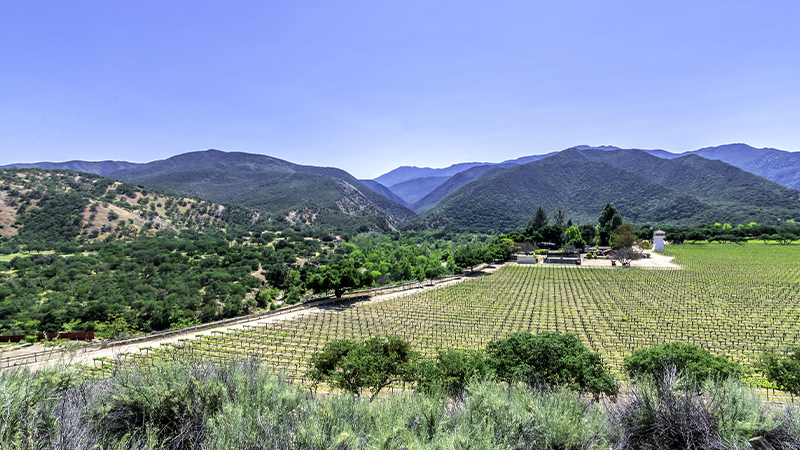
“Unlike most wine regions, Monterey County has a wide range of climate zones. In fact, it is the only appellation that can lay claim to having all four of the premium climatic zones within its boundaries. What this means is that within the Monterey AVA, there are sub-regions that match the climates of Champagne, Chablis, Burgundy, Bordeaux, Rioja, and Sicily, to name a few. This allows our winegrowers to grow and produce a wide range of varietals at a world-class quality level. If you didn’t know about Monterey, I encourage you to grab a bottle (or a few) and be blown away!”— Casey Di Cesare, winemaker, Sunny with a Chance of Flowers & Scheid Family Wines
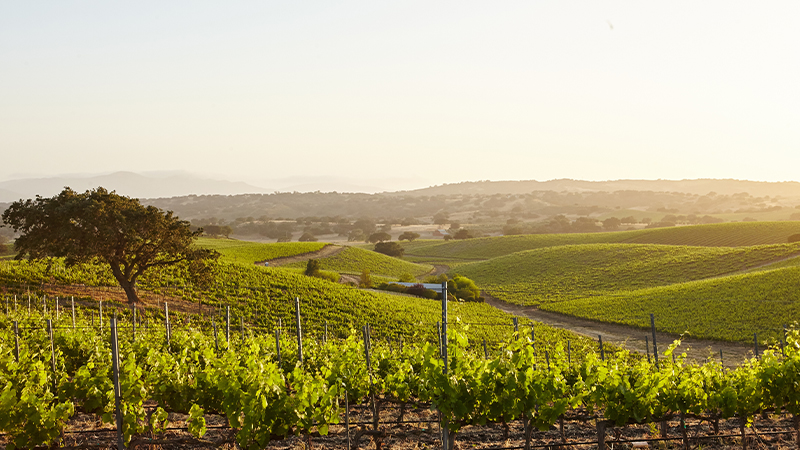
“Santa Barbara County has really been a bag full of surprises for me in the past couple of years with their innovative techniques and fresh take on American winemaking. A lot of winemakers don’t own their own vineyards there, but in a way that releases them to explore vineyards and growers, and widen their working palate. J Brix comes to mind, specifically, Défier Carbonic Merlot, which is so good it makes me wiggle my toes in delight!” —Zoe Skimmer, wine buyer, Post House, Charleston, S.C.


